Dongzhuoer (Talk | contribs) |
Dongzhuoer (Talk | contribs) |
||
| Line 12: | Line 12: | ||
#description .h1 { | #description .h1 { | ||
| − | |||
} | } | ||
Revision as of 11:03, 6 October 2016
Description

Clear and concise description of our project
This summer, our team is aiming to engineer bacteria for supplement and absorption of autoinducer-2 in the natural environment. We mainly design two cell machines: AI-2 Supplier is the cell machine which can directly supply and enrich the AI-2 molecular level; AI-2 Consumer is another cell machine which can sense, absorb and degrade the AI-2 in the environment. By taking advantage of the special characteristics of AI-2 controllers, we hope to directly control the population behaviors of bacteria in group levels.

A detailed explanation of our work on this particular project
Coordination between cell populations via prevailing metabolic cues has been noted as a promising approach to connect synthetic devices and drive phenotypic or product outcomes. However, there has been little progress in developing "controller cells" to modulate metabolic cues and guide these systems.
Metabolic engineering exploits the genetic modification of cellular pathways to improve production of metabolites and proteins. Many noteworthy examples have been demonstrated wherein these cells serve as "factories" for the environmentally sustainable production of energy, materials, and chemicals. Towards this aim, metabolic engineering has incorporated finely tuned synthetic controllers and cells in the creation of artificial networks.
The general structure of these synthetic networks is based on control devices that respond to specific stimuli in a predictable fashion.
However, the task of coordinating among and between cell populations remains a critical challenge that can limit the production of desired end-products. One creative approach to address both of these challenges is through the leveraging of cell-Ccell communication networks, and these have been the target of a variety of dynamic control systems.
In this work, we have developed bacterial AI-2 suppliers and AI-2-consumers, which can be deployed to control AI-2 in a predictable fashion using the now well-characterized quorum sensing mechanisms of Escherichia coli.
AI-2 is synthesized and recognized by a wide variety of bacteria; correspondingly its use as a potential target for modulating QS activities among different cell types is of interest.
The use of genetically engineered bacteria to "quench" or "ignite" extracellular AI-2 was first described by Xavier et al. , where genetic deletions of its synthase (luxS) and its repressor (lsrR) were used to interfere with bacterial communication.
However, the interrelated complexity of QS networks renders the elucidation of its mechanisms difficult, and the production of simple, "modular" networks would enrich the understanding of these actions.
How we did it?
We have addressed this through the model-based design, construction, and characterization of these "controller cells" to modulate the external AI-2 environment. These cells are designed via the compartmentalization of different aspects of AI-2 processing: production(luxS, mtn), uptake (lsrACDB), phosphorylation (lsrK), and degradation (lsrFG).

We demonstrate utility by modulating naturally occurring processes of biofilm formation and chemotaxis. We envision that "controller cells" that modulate bacterial behavior by manipulating molecular communication, will find use in a variety of applications, particularly those employing natural or synthetic bacterial consortia.
Biosafety Considerations

With the advent of synthetic biology, genetically modified microorganisms are being increasingly used for bio medical, industrial and environmental applications.
References
- Thompson J A, Oliveira R A, Djukovic A, et al. Manipulation of the quorum sensing signal AI-2 affects the antibiotic-treated gut microbiota[J]. Cell reports, 2015, 10(11): 1861-1871.
- Zargar A, Quan D N, Emamian M, et al. Rational design of "controller cells" to manipulate protein and phenotype expression[J]. Metabolic engineering, 2015, 30: 61-68.
sponsors




contact us

Email: iGEM_NKU_China@hotmail.com
Website: 2016.igem.org/Team:NKU_China
Address: Nankai University,
No.94 Weijin Road, Nankai District
Tianjin, P.R.China 300071
No.94 Weijin Road, Nankai District
Tianjin, P.R.China 300071
© NKU_China IGEM - All rights reserved. Based on jQuery and bootstrap.

